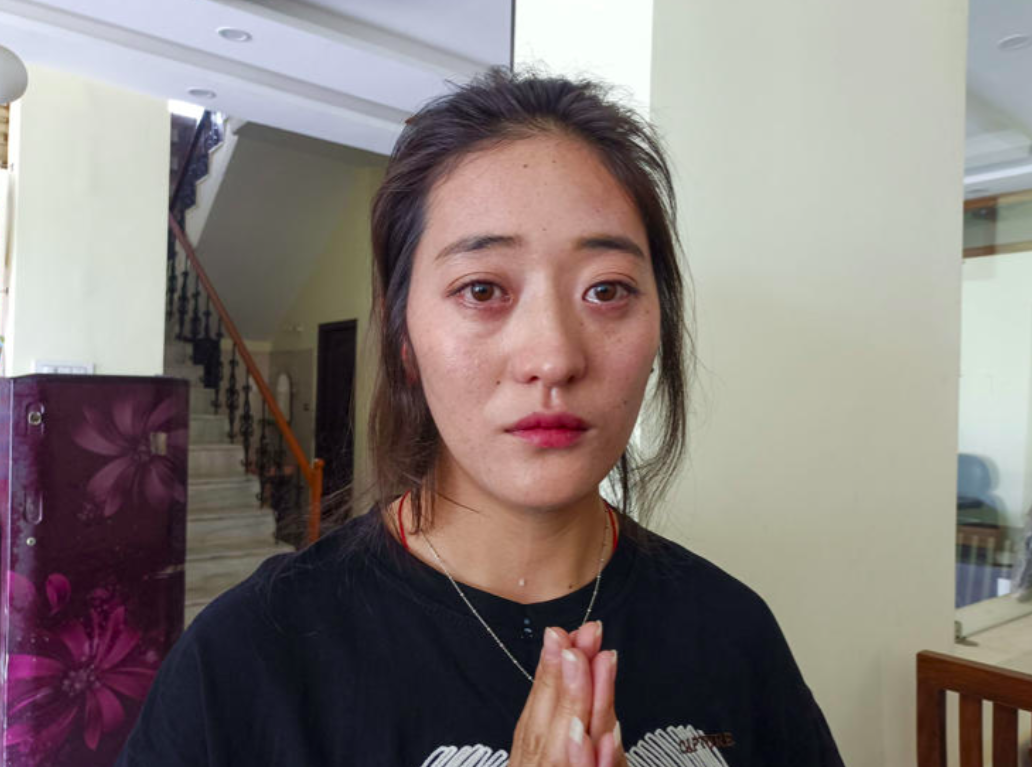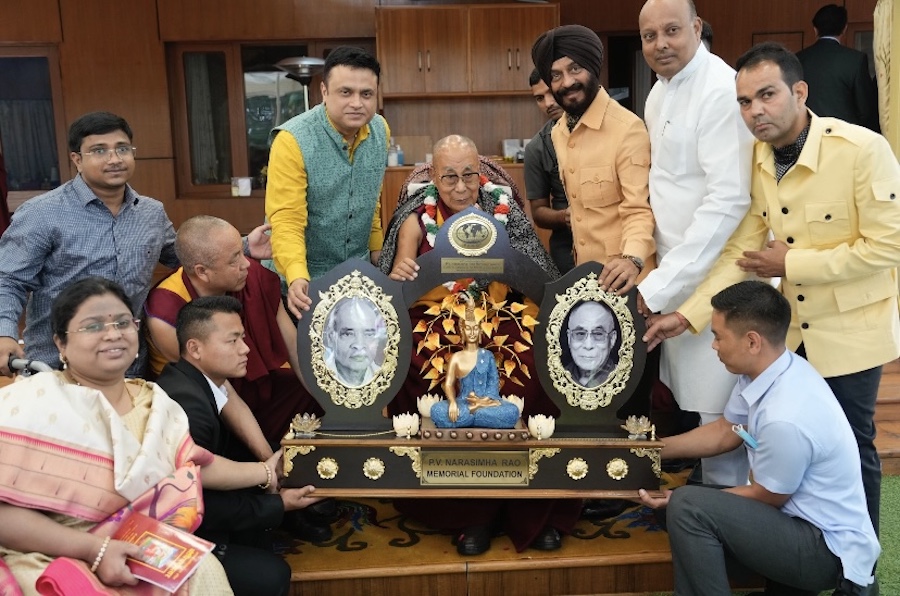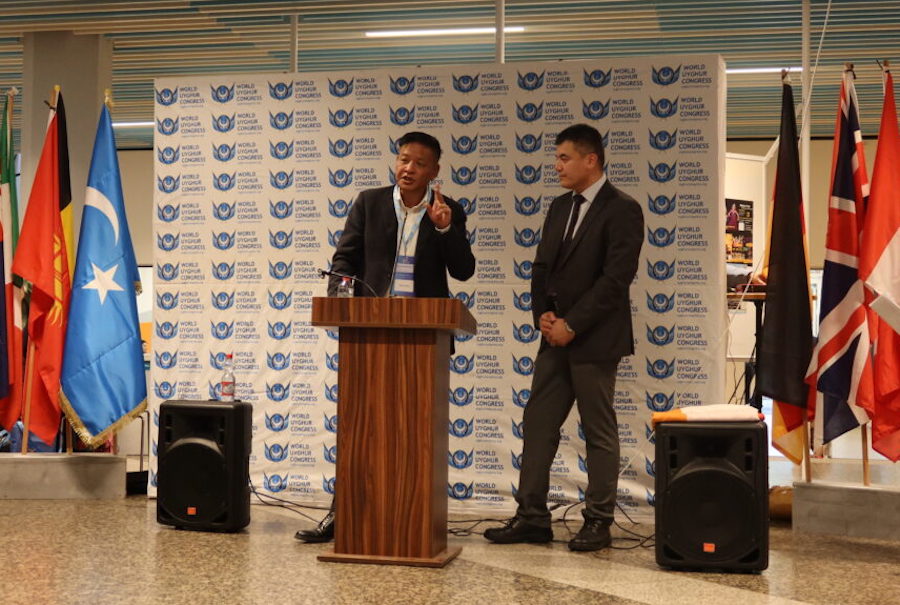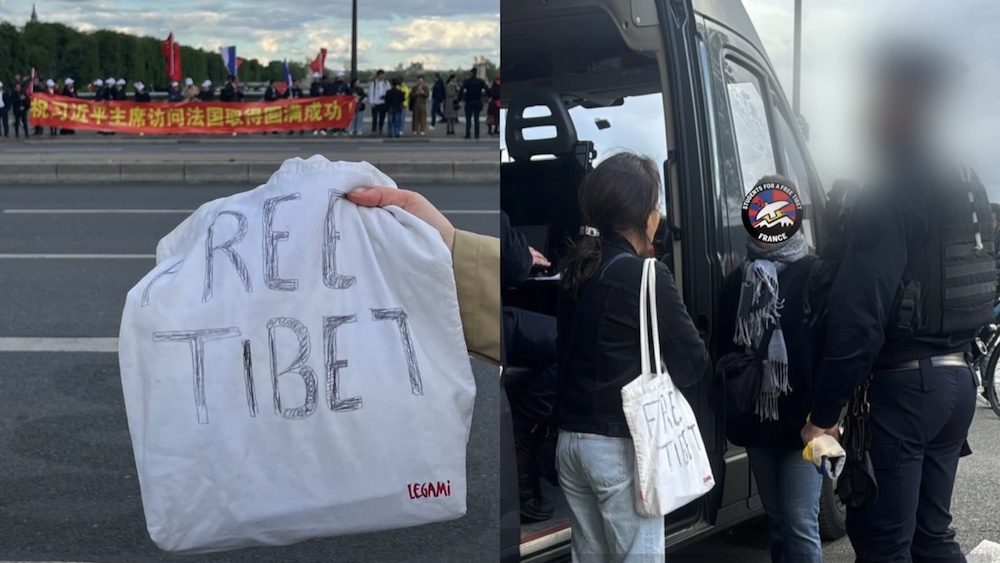By KALPITA BASU
The trip in and around Mcleodgunj was like flying across the Himalayas to the Dalai Lama’s kingdom. Only bits of India and the Raj cropped up.
The bus to Mcleodgunj sped through the plains of Punjab only to slow down at the first feel of hilly air. We had just entered Himachal — the land of the Himalayas. As it snaked up and down the steep mountainous roads, we could no longer contain our excitement. But everytime we looked out to catch a glimpse of the Himalayan ranges, we realised we still had quite a long way to go.
We reached Kangra valley at the crack of dawn; another two-hour drive through the valley took us to Dharamsala — the foothills of Mcleodgunj — where we first saw the grand Dhauladhar range. Still snow-capped, though the ice had begun to thaw, the view was breathtaking. The 8km climb to Mcleodgunj from Dharamsala gave us a clearer picture of the mountain range.
Passing Flagstaff House and St John’s Church — testimony to the area’s Raj heritage — the bus reached the bustling town, criss-crossing via the market place to halt in front of Hotel Bhagsu, our pied-a-terre. At the first glance, the marketplace looked if we had stepped into Little Tibet. Chupa-clad women, saffron-robed Buddhist monks, Tibetan antique shops and food joints made us feel that we had flown right over the Himalayas magically and landed in Tibet!
Like every first-time visitor to Mcleodgunj, the first thing on our itinerary was to visit the monastery of the world’s most-celebrated exile: the Dalai Lama. In fact, it had been my wish to have an audience with the Dalai Lama but I learnt that His Holiness doesn’t keep too well, hence the sessions allow only one meeting. Moreover, he was in Europe at the moment.
The monastery was a brief walk downhill from our hotel. As we entered the premises, the first thing that caught our eye was a notice seeking the immediate release of Gedhun Choekyi Nyima, the 11th Panchen Lama.
Referred to as Tibet’s stolen child, the boy is recognised by the Dalai Lama as one of Tibet’s most important religious leaders. One of the young victims of China’s repression of the Tibetans, the Dalai Lama and his followers have made an impassioned plea seeking the whereabouts of his family and his release.
Even so, we could not call the atmosphere there a politically-charged one. In fact, the temple evokes a feeling of serenity. It beckons you to come back.
The Namgyal monastery has two major prayer rooms, the Kalachakra and the hall of Guru Padmasambhava. The Kalachakra has a huge shrine of the Buddha, where monks give the most unusual offerings: like milk chocolates and cookies! The other is a huge hall devoted to Guru Padmasambhava, who brought Buddhism to Tibet in the 8th century AD.
On the peripheries of the prayer hall are series of bells, considered good omens if you roll them clockwise. We too followed the devotees by rolling the bells.
The Namgyal monastery is not as lavish as its counterpart in Norbulingka is. The latter, in Dharamsala, is frequented by the likes of actor Richard Gere. Don’t get me wrong. Even non-Hollywood-star-level tourists can visit Norbulinka as well, but just ensure that your wallet is bulging with cash or credit cards if you want to stay there!
After sating our spiritual quotient at the monatery, we looked for more mundane sustenance. Luckily, at Mcleodgunj we were spoilt for choice. Swarmed along both sides of the road were innumerous food joints serving delectable Tibetan and world cuisine.
With hunger pangs reaching panic proportions we stepped into Norlink, the first restaurant on the way. There we tucked into delicious steamed mutton momos, among angst-ridden Tibetan youth sharing their experiences of living far away from their homeland. They were happy in Dharamsala, but somewhere inside, the desire to visit Tibet coupled with the frustration of never being able to see their motherland co-exist.
We overheard a conversation between a Tibetan youth and a European. The Tibetan who lived in Dharamsala was making a passionate point of how he would choose to visit Tibet if given a choice between his homeland and the US or any part of Europe. Friends abroad kept pestering him to settle down in Canada or the US but he was happy in India, he said. Wow!We then set out for the 30-in walk to the Bhagsu Nag Temple, a Shiva temple said to be 5,100 years old.
Bhagsu was quite different from the Little Tibetan aura of Mcleodgunj. The place is crammed with Hindu devotees as well as large numbers of foreign visitors. The temple, people believe, was built in the “early Kalyug” and has a sacred lake (very popular with holy bathers) which was said to be owned by the Lord of the Snakes.
Legend has it that during a severe drought, King Bhagsu went in search of water. On seeing the Nag Dal Lake, the king drew out all the water and collected it in a vessel. Finding the lake empty, the Lord of Snakes challenged Bhagsu to a duel. In the ensuing fight, the water collected in the vessel spilt out.Routed, Bhagsu pleaded with Nag for mercy and the Lord of Snakes granted him a boon that henceforth the temple would be called after the king and Nag.
The most memorable part of this trip, however, was the trek to Bhagsu waterfall. The journey was for only 15 minutes, but it seemed endless. On our way, we could see the silver streak of water flowing downhill from the mountain top. At the mouth of the spring many foreigners were splashing in the icy-cold water, though it was said to be a hot water spring: cold serenity in a pleasantly sunny afternoon!
After that, the pangs were back and we stopped at the German Bakery, a favourite hangout of Israeli tourists, for hot lemon and minty tea with apple crumble. We couldn’t understand anything of what they were saying as they were all speaking in their own tongues, but then it was pleasant to be in the midst of the hubbub of conversation.
All that trekking had us flaking out a while — only to rise again at the prospect of steaming pork Thupka at the Shambala restaurant, where we were greeted by a smiling lady and her child. The women in Mcleodgunj are extremely enterprising, having leveraged their culinary skills to start restaurants. These food joints are also cultural melting pots, with people from all over the world discussing issues ranging from music to movies to politics. And very often the hostess joins in!
At Jimmy’s Italian Kitchen, where we started our next day with a hot farmhouse brunch, we were greeted with a young and enthusiastic Tibetan, who was sharing his views on international cinema even as he gladly showed off his collection of Hollywood CDs. Then it was time for Dull Lake and Naddi village. The latter, we were told, would provide us with the best view of the Dhauladhar range.
About a 3km walk from Mcleodgunj Taxi stand, and going past the Tibetan Children’s Village (TCV) is Dull Lake, also considered to be sacred. The dull-coloured (!) lake offers the twin experiences of boating and fish feeding and its picturesque surroundings make it all worthwhile. Two rounds of boating rejuvenated us for some more adventure.
Normally Naddi village is reached via cabs. We decided on the short-cut, climbing up the steep slopes. If you want to see the Dhauladhar range in full glory, this village is a must visit. We stood with mouths agape, as we took in the view. The lush yellow maizefields against the backdrop of the snow-capped Dhauladhar ensured that our effort was worthwhile.
Naddi is a far cry from Mcleodgunj. If the latter is Tibet, Naddi has the air of a quiet Himachal village with bejewelled women and curious children. The kids were quite inquisitive when it came to cameras. Some even wanted to know if they could see moving pictures inside the camera, as we were happily clicking away.
We walked downhill towards TCV to be greeted by locals who showed us their creations. TCV, set up to promote the cause of Tibetan children, has a delectable collection of handicrafts from Thankas (holy cloth paintings) shawls and jewellery.
We shopped for trinkets and headed towards town: to Hot Spot cafe to tank up on fresh pancakes and cinnamon tea. I must mention here that a trip to Mcleodgunj simply isn’t be complete without discovering the bakeries. For Rs 20, you get a freshly-made, pizza-sized pancake, which leaves one asking for more.
That done, we headed for lower Dharamsala to see Kangra paintings at the Kangra School Museum and, of course, Norbulingka. Alas, the museum was shut for Baisakhi so we hopped onto a bus for Palampur that would pass Norbulingka en route.
We got off where told to, but were quite clueless about how to reach the monastery. People at a nearby bus-stop pointed upwards so after a 20-minute walk we reached Norbulingka — in the middle of nowhere! Yet it was one of the most awesome monasteries in Dharamsala. Flanked by a plush guest house, a dolls’ museum, centre for contemporary arts, gift showroom and cafeteria, it gives a vivid picture of Tibetan life and culture. Well worth thejourney to the place!
On the last day of our trip, we headed for an “Israeli brunch” at Chuki’s, run by an Israeli woman married to a local Tibetan, and feasted on grilled chicken ‘Pargit’ with mashed potatoes and ‘steam-fried’ vegetables. Then we set off for St John’s Church, a kilometre away. This 19th century church, stands in the wilderness between Mcleodgunj and Forsythgunj.
Yes, after India and Tibet, it was a whiff of Britannia: stained-glass, a graveyard with the remains of long-gone custodians of the Raj: lieutenant governors and their wives….









